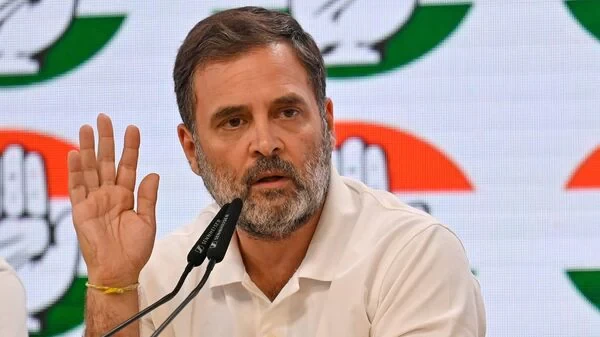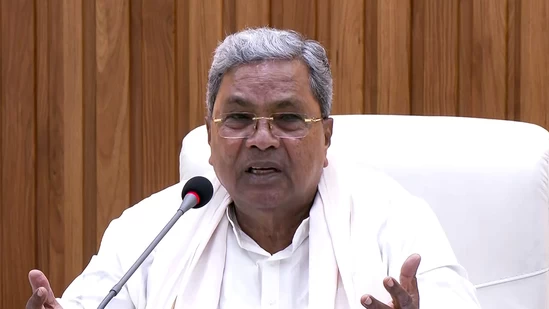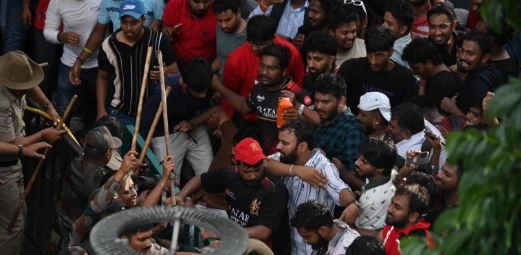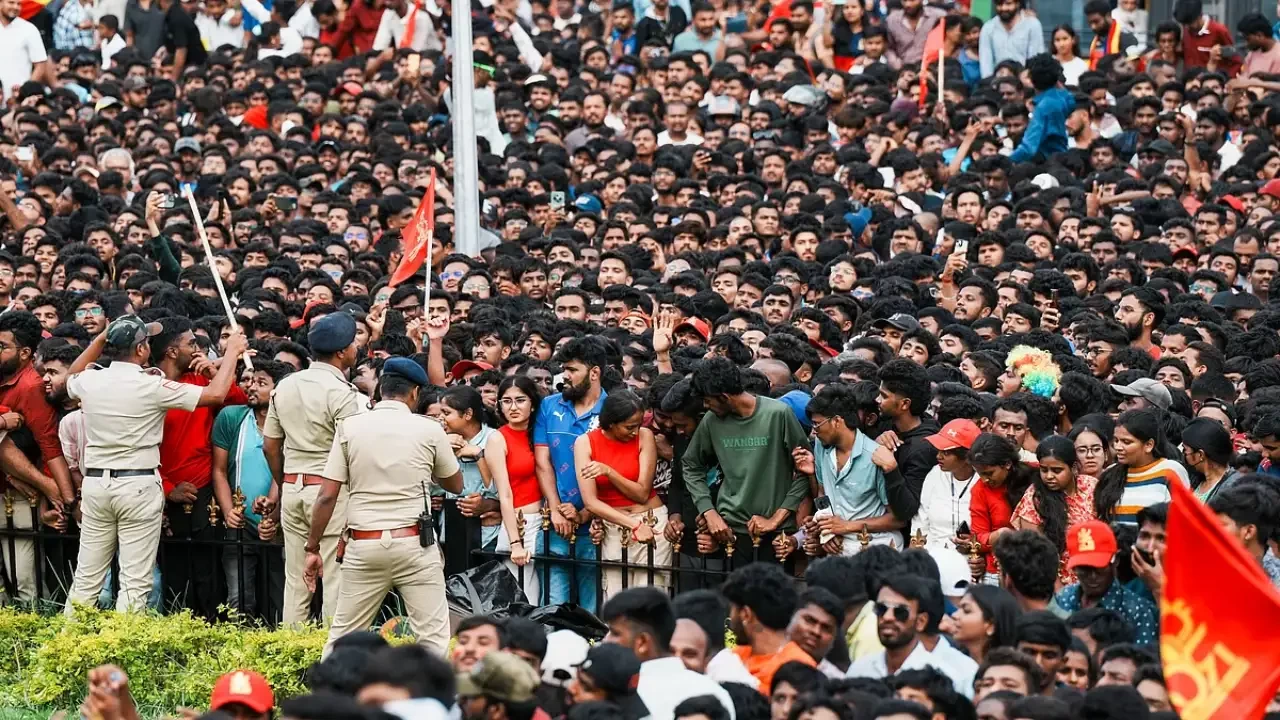Latest Updates
India Budget 2025- Nirmala Sitharaman Announces Major Income Tax Revisions, Exemption Up to ₹12 Lakh; Offers Relief to the Middle Class
.webp)
In a move aimed at providing greater relief to the middle class, Union Finance Minister Nirmala Sitharaman on Saturday announced a significant overhaul of the income tax structure, offering tax exemptions for annual incomes up to ₹12 lakh.
“The middle class provides strength to the economy. This government, under the leadership of Prime Minister Narendra Modi, has always believed in the admirable energy and ability of the middle class in nation-building,” Nirmala Sitharaman said and further added that “In recognition of their contribution, we have periodically reduced the tax burdens. I am now happy to announce that there will be no income tax for incomes up to ₹12 lakh.”
Revised Tax Slabs for FY 2025-26
Along with the exemption for incomes up to ₹12 lakh, the Finance Minister unveiled a new set of tax slabs that will take effect from the financial year 2025-26, starting April 1, 2025. If approved by Parliament, the new tax structure will reduce the overall tax burden for many taxpayers across different income brackets.
The revised tax slabs are as follows:
* Up to ₹4 lakh: 0%
* ₹4 lakh to ₹8 lakh: 5%
* ₹8 lakh to ₹12 lakh: 10%
* ₹12 lakh to ₹16 lakh: 15%
* ₹16 lakh to ₹20 lakh: 20%
* ₹20 lakh to ₹24 lakh: 25%
* Above ₹24 lakh: 30%
This shift represents a move towards lower tax rates for middle-income earners, with the aim of providing them with greater financial freedom and encouraging consumer spending.
Enhanced Tax Rebate Under Section 87A
In addition to revising the income tax slabs, the government has also increased the tax rebate available under Section 87A. This means that individuals with net taxable incomes up to ₹12 lakh will no longer have to pay any income tax at all. The rebate ensures that lower- and middle-income taxpayers stand to benefit significantly from the new changes, further boosting disposable income.
Under the revised regime, a taxpayer with a taxable income of ₹12 lakh, for example, will save up to ₹80,000 in tax. This reduction accounts for 100% of the tax payable according to the old tax structure.
Similarly, a taxpayer earning ₹18 lakh will save ₹70,000, while someone earning ₹25 lakh will see a benefit of ₹1.10 lakh compared to the existing tax structure.
Comparing Old and New Regimes
For context, the existing tax regime under the new tax system imposes the following rates:
* Up to ₹3 lakh: 0%
* ₹3 lakh to ₹7 lakh: 5%
* ₹7 lakh to ₹10 lakh: 10%
* ₹10 lakh to ₹12 lakh: 15%
* ₹12 lakh to ₹15 lakh: 20%
* ₹15 lakh and above: 30%
With the new system, individuals across these income brackets will see lower effective tax rates, translating to substantial savings for many. For example, a taxpayer with an income of ₹12 lakh under the existing regime would pay ₹1,20,000 in taxes, but under the new structure, they will pay nothing.
Next Steps: Parliamentary Approval Required
The proposed tax changes are set to come into effect from April 1, 2025, contingent on approval by Parliament. The government has already begun consultations with various stakeholders to finalise the proposals, and public reactions are expected to play a key role in shaping any last-minute adjustments before the new system is formalised.









